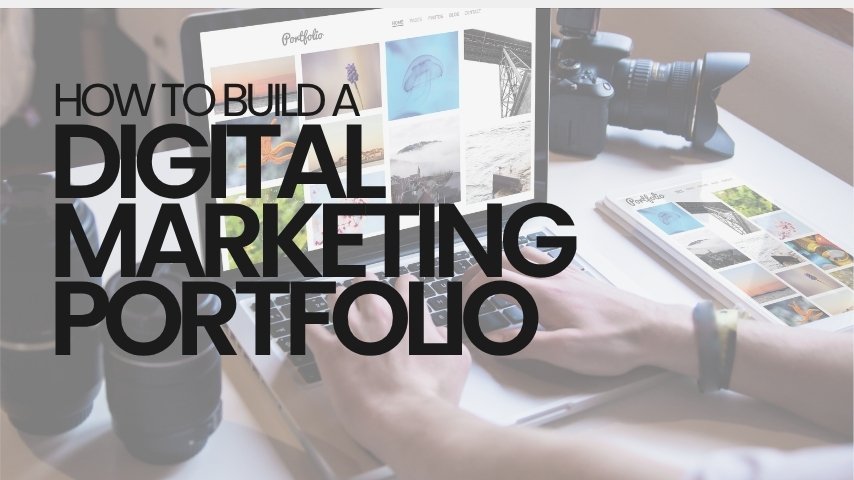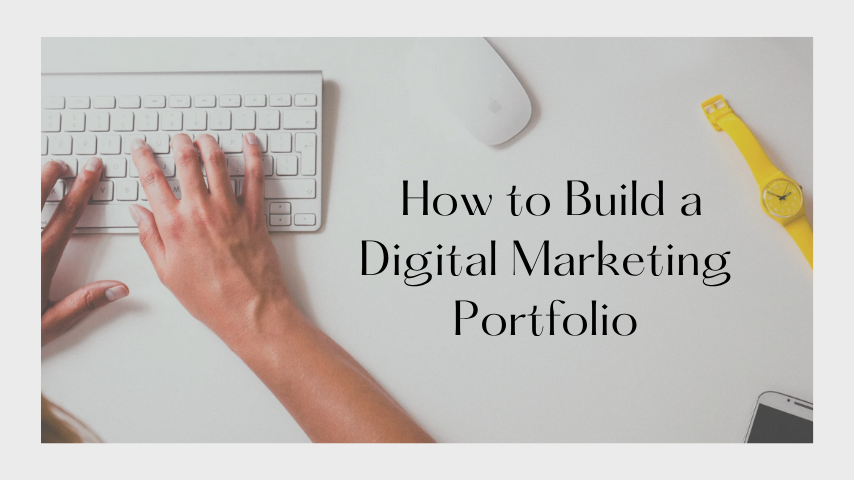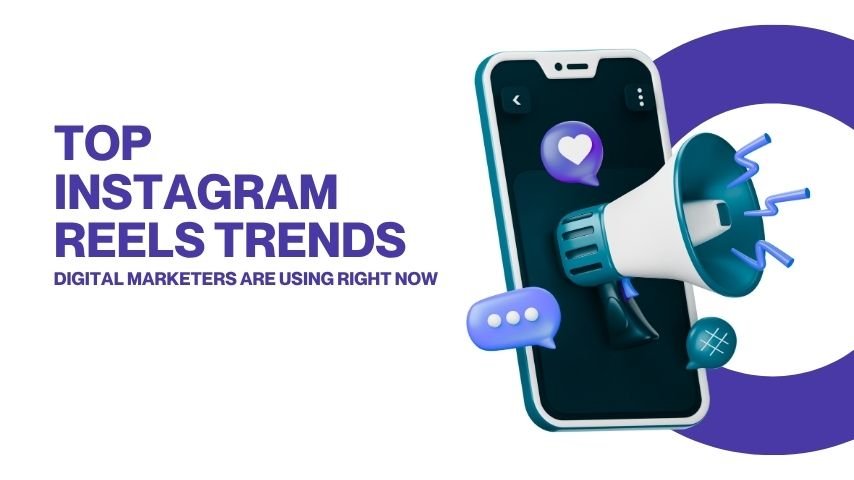
In the age of infinite scrolls and shrinking attention spans, one thing still manages to stop us in our tracks: memes.
From viral jokes to pop culture references, memes are more than just internet fun—they’re becoming a powerful tool in digital marketing. When used right, memes can help brands boost engagement, connect with younger audiences, and ride the wave of trends in real-time.
Why Memes Matter in Marketing
Memes have evolved from being mere entertainment to a language of the internet. They’re:
-
Relatable – instantly resonate with your audience.
-
Sharable – designed to go viral.
-
Low-cost – require little to no production budget.
-
Fast – can be created and shared within minutes of a trend.
For marketers, memes represent an opportunity to humanize the brand, show off its personality, and tap into culture in a fun, lighthearted way.
Memes = Engagement
Did you know that meme posts on Instagram and X (formerly Twitter) can get up to 60% more engagement than traditional branded content?
People are more likely to share a funny meme than a perfectly polished product photo. That shareability can increase your organic reach, boost brand awareness, and even drive traffic back to your site or page.
Brands Doing It Right
Some great examples of meme marketing done well:
-
Netflix: Uses show-related memes to keep audiences laughing and watching.
-
Zomato & Swiggy (India): Known for their savage and timely memes around food cravings, weekends, and relatable Indian habits.
-
Duolingo: Famous for its witty and chaotic mascot-based memes that make language learning both hilarious and memorable.
How to Use Memes in Your Strategy
Here’s how you can start incorporating memes into your digital marketing:
1. Know Your Audience
What kind of humor do they enjoy? Are they into pop culture, sarcasm, or self-deprecating humor?
2. Stay on Top of Trends
Follow meme pages, Twitter trends, Reddit, and Instagram Reels. The earlier you jump on a trend, the higher your chances of going viral.
3. Keep It On-Brand
Funny doesn’t mean random. Make sure the meme reflects your brand tone, values, or relates to your product/service.
4. Be Culturally Sensitive
Avoid controversial or offensive content. Humor should be inclusive and smart.
5. Use Meme Formats
Use popular meme formats (like Drake’s “Hotline Bling” or the “Distracted Boyfriend”) and give them a brand twist. Tools like Canva or Imgflip make it easy.
When Memes Go Wrong
While memes can go viral for the right reasons, they can also flop—or worse, offend. Brands must tread carefully to:
-
Avoid outdated references.
-
Not overuse memes (which can come across as try-hard).
-
Always double-check cultural implications.
Final Thoughts
Memes may seem silly, but in the hands of smart marketers, they’re strategic assets. They help brands speak the internet’s native language—humor—and allow for creativity without the heavy cost.
In 2025 and beyond, the brands that win will be the ones that don’t just sell—they entertain, engage, and exist where their audience scrolls.




